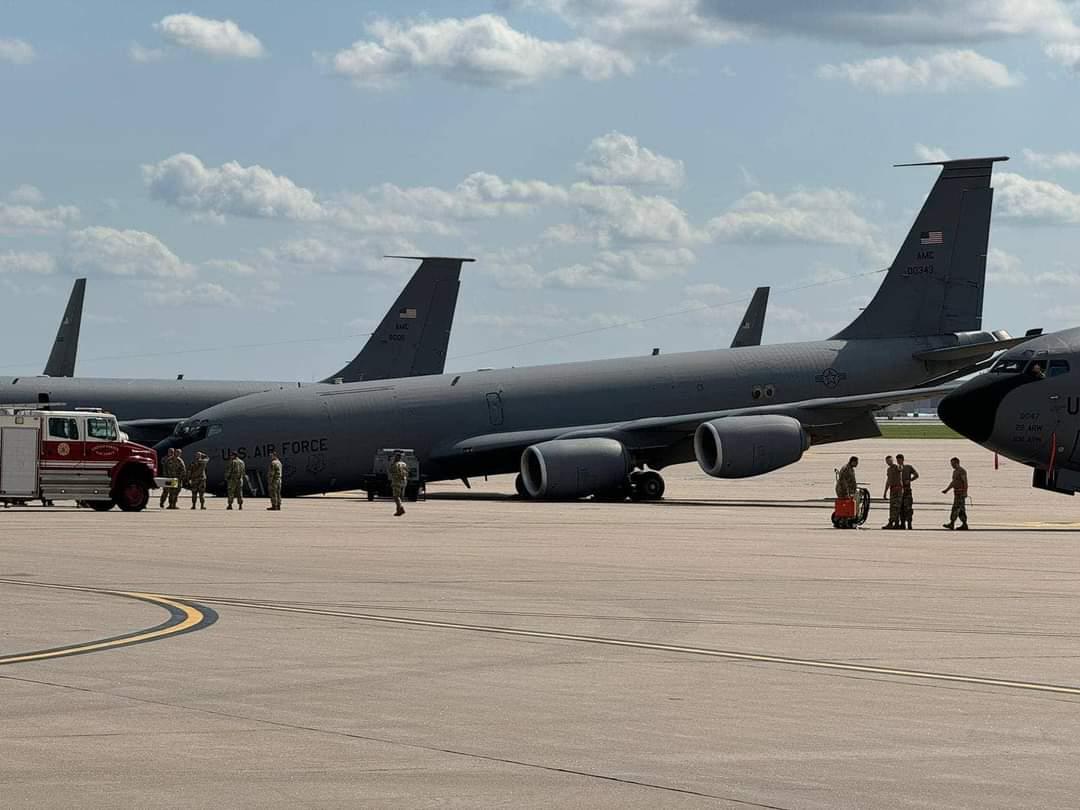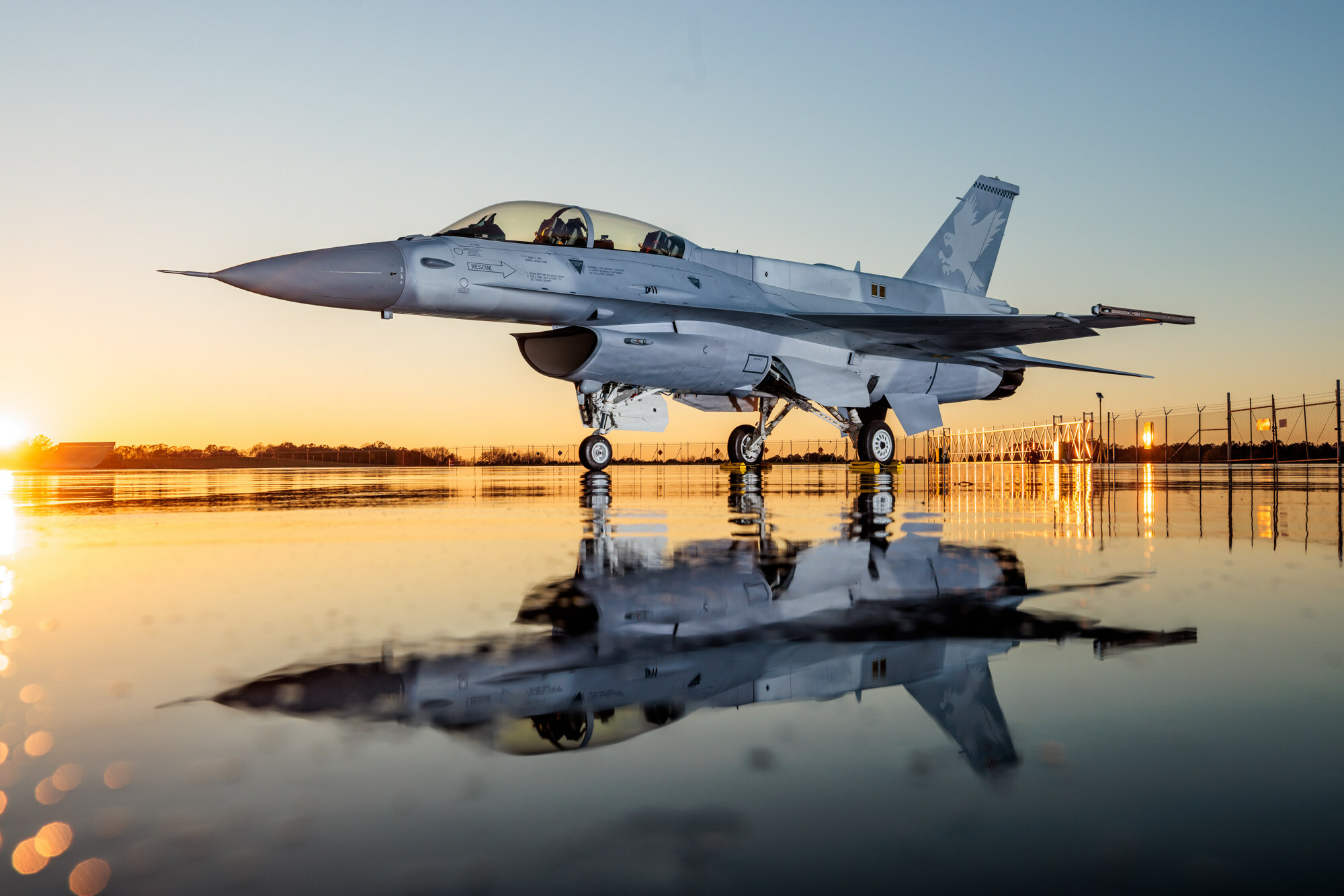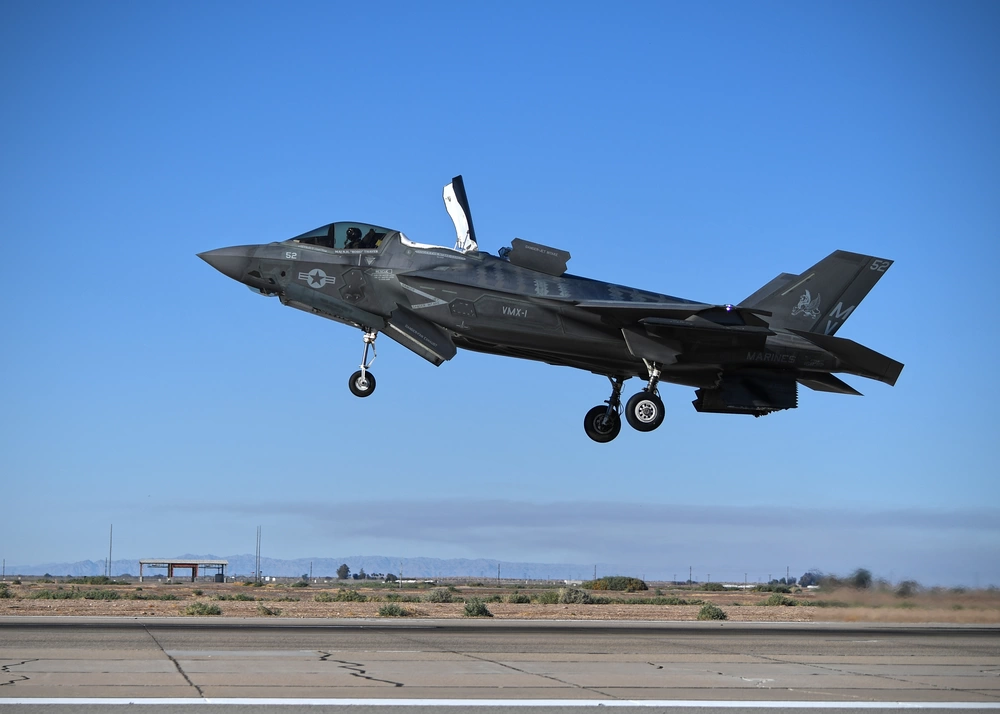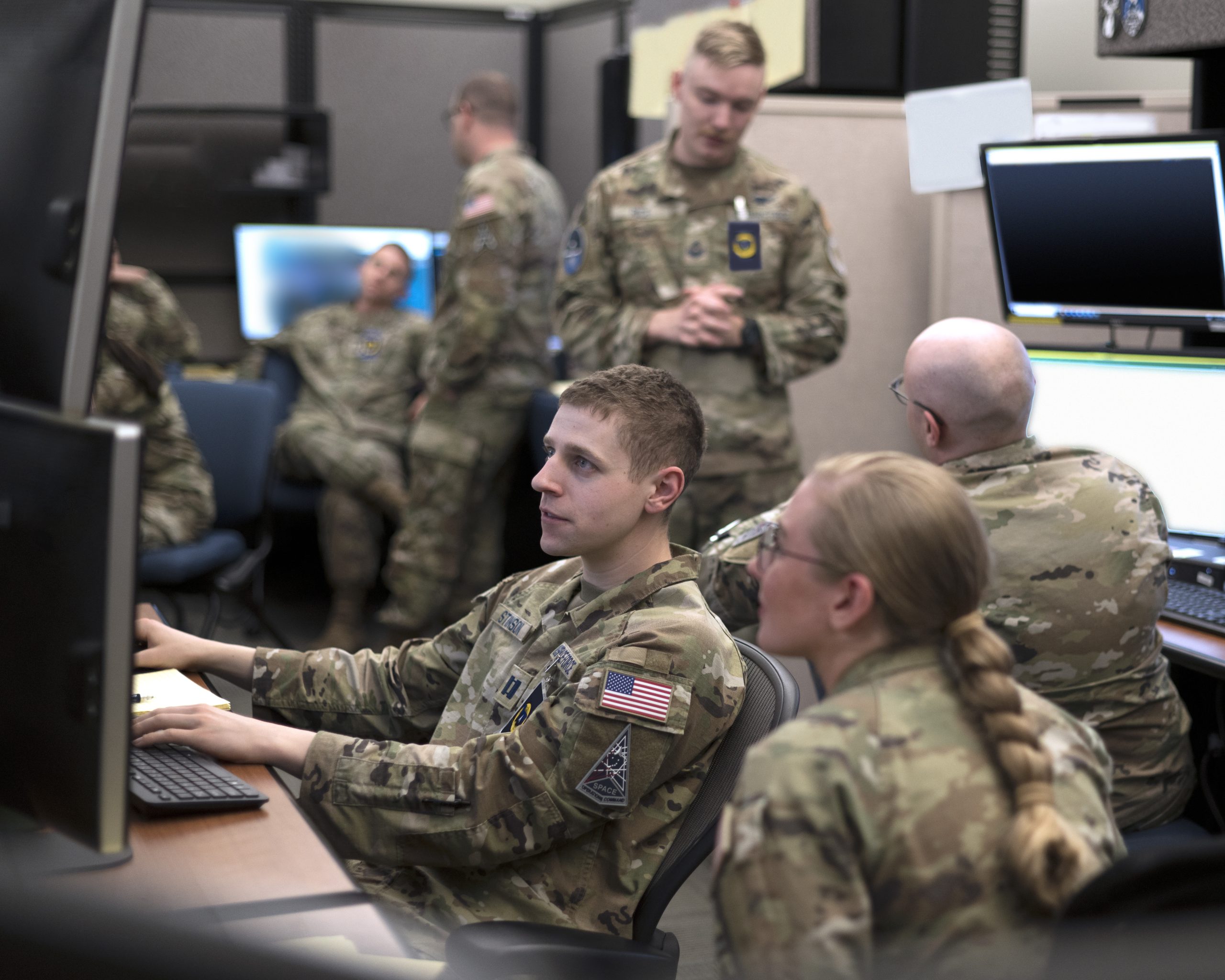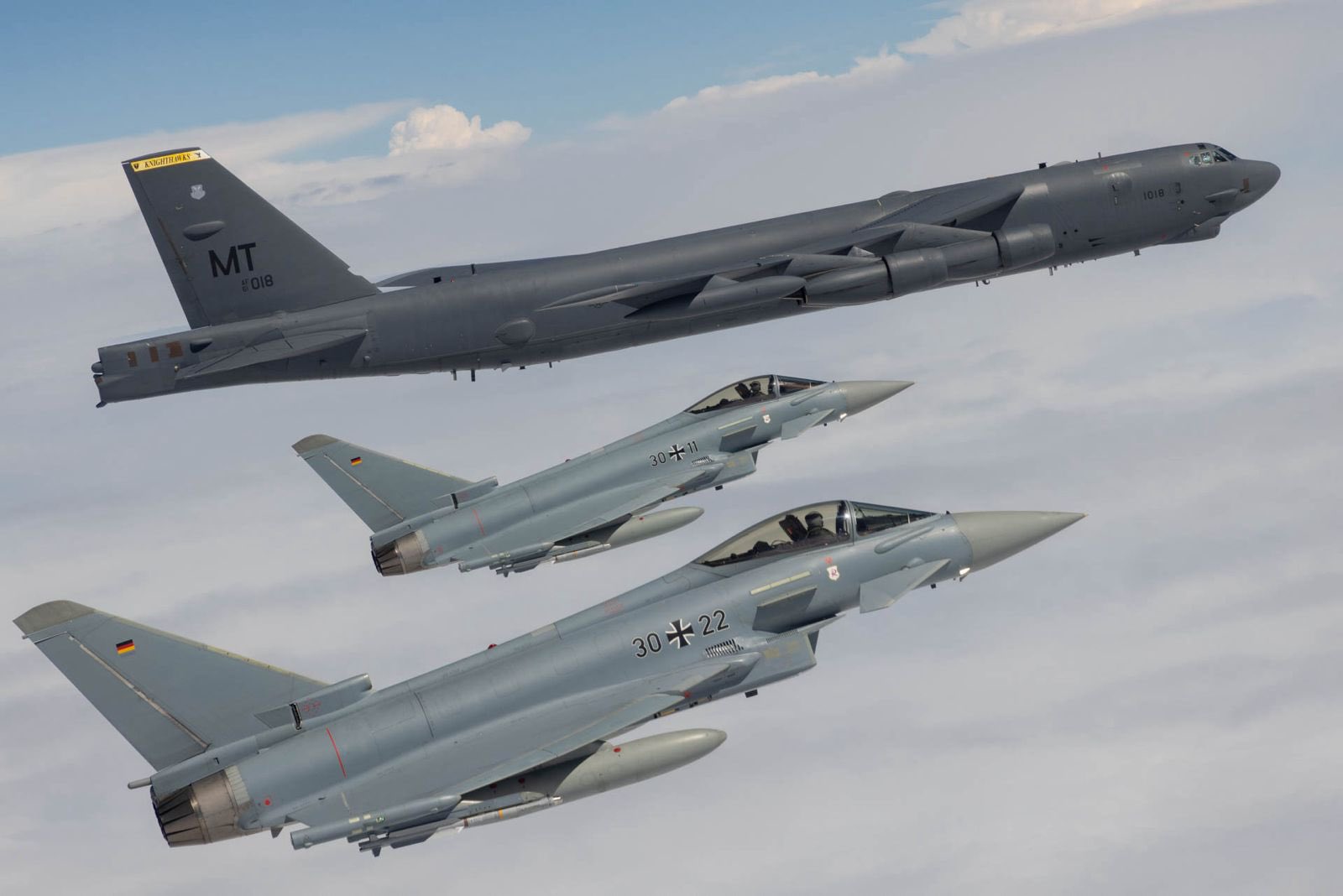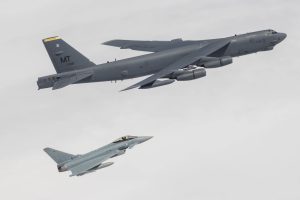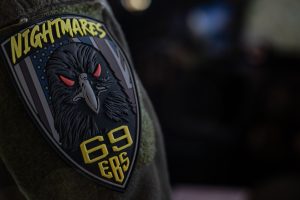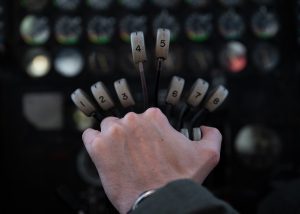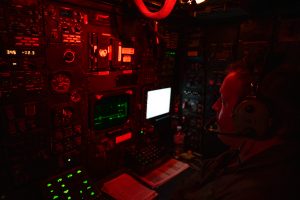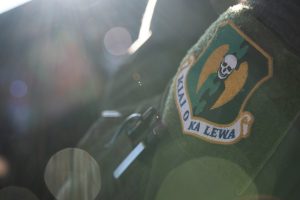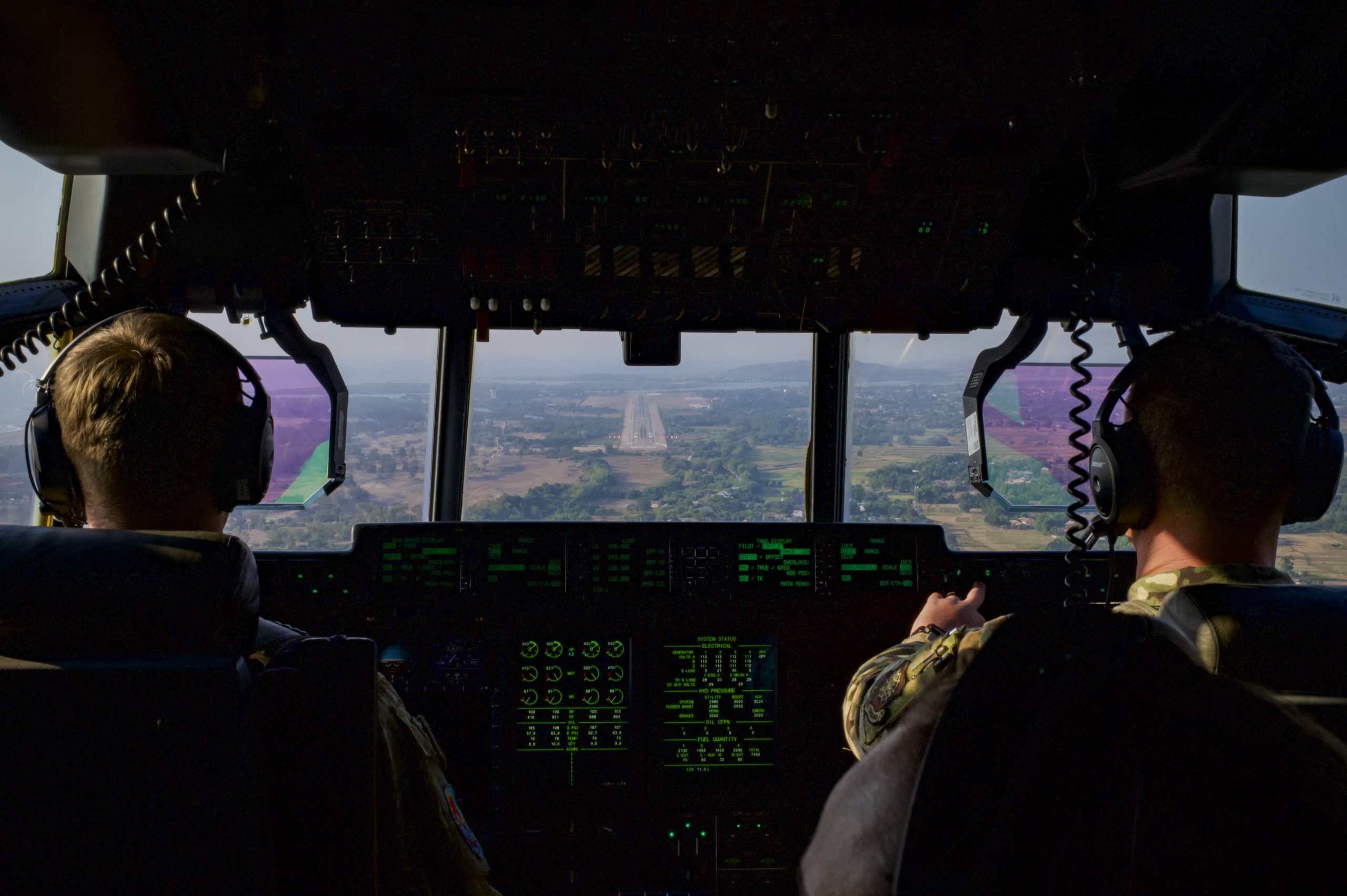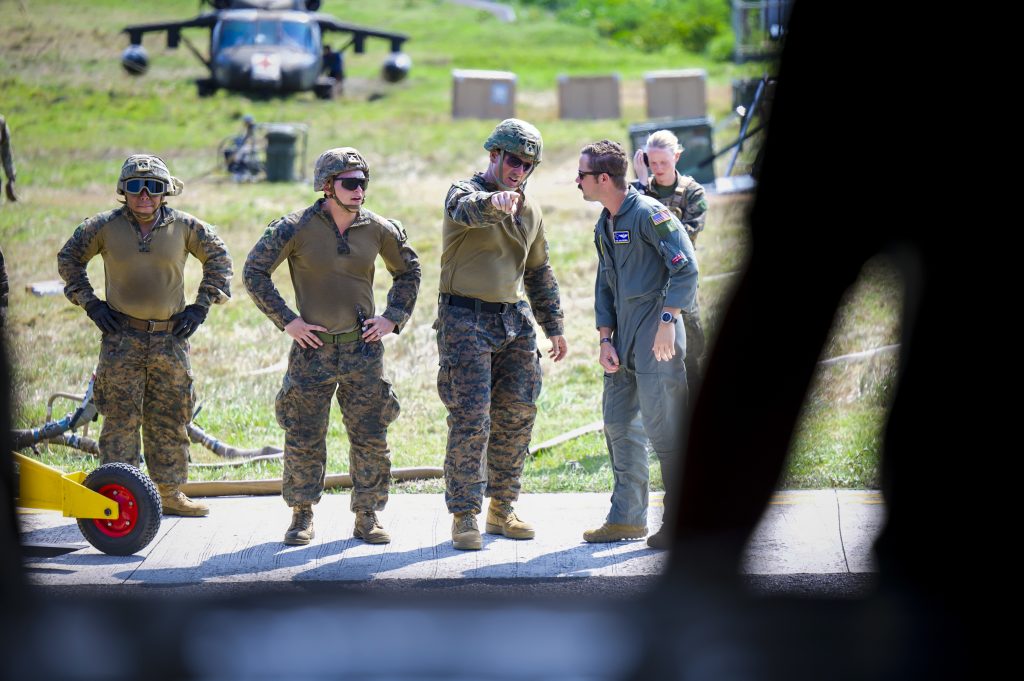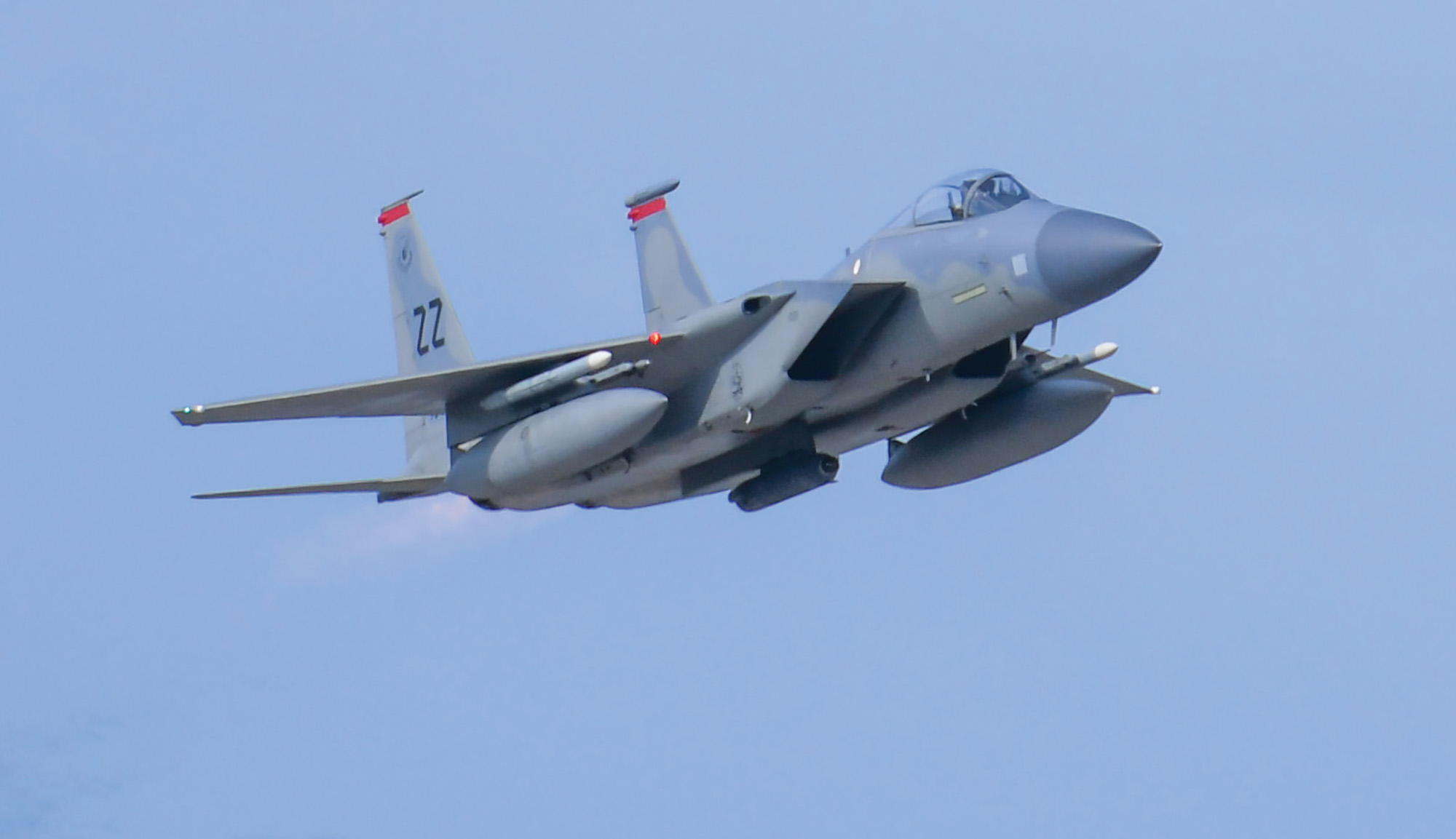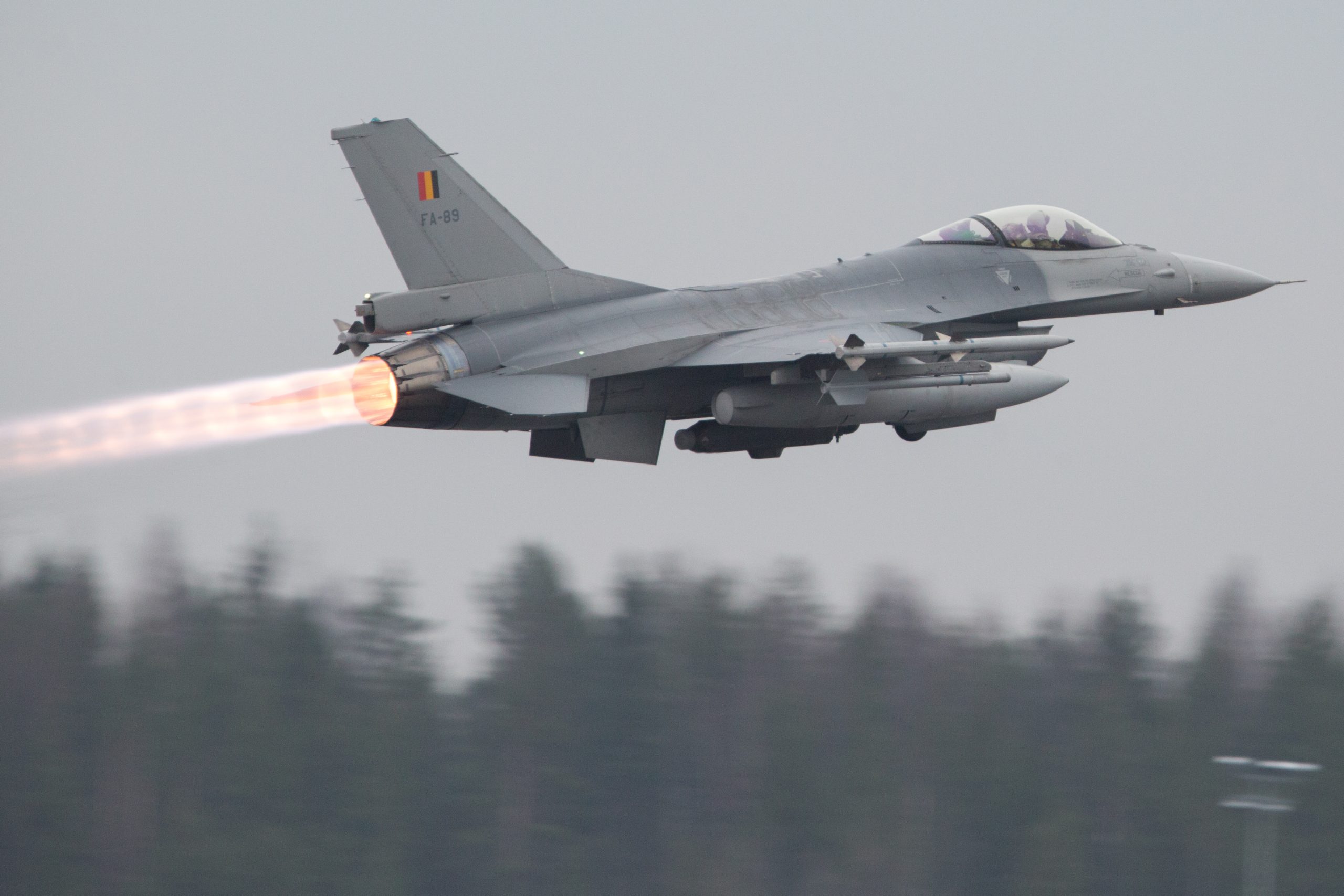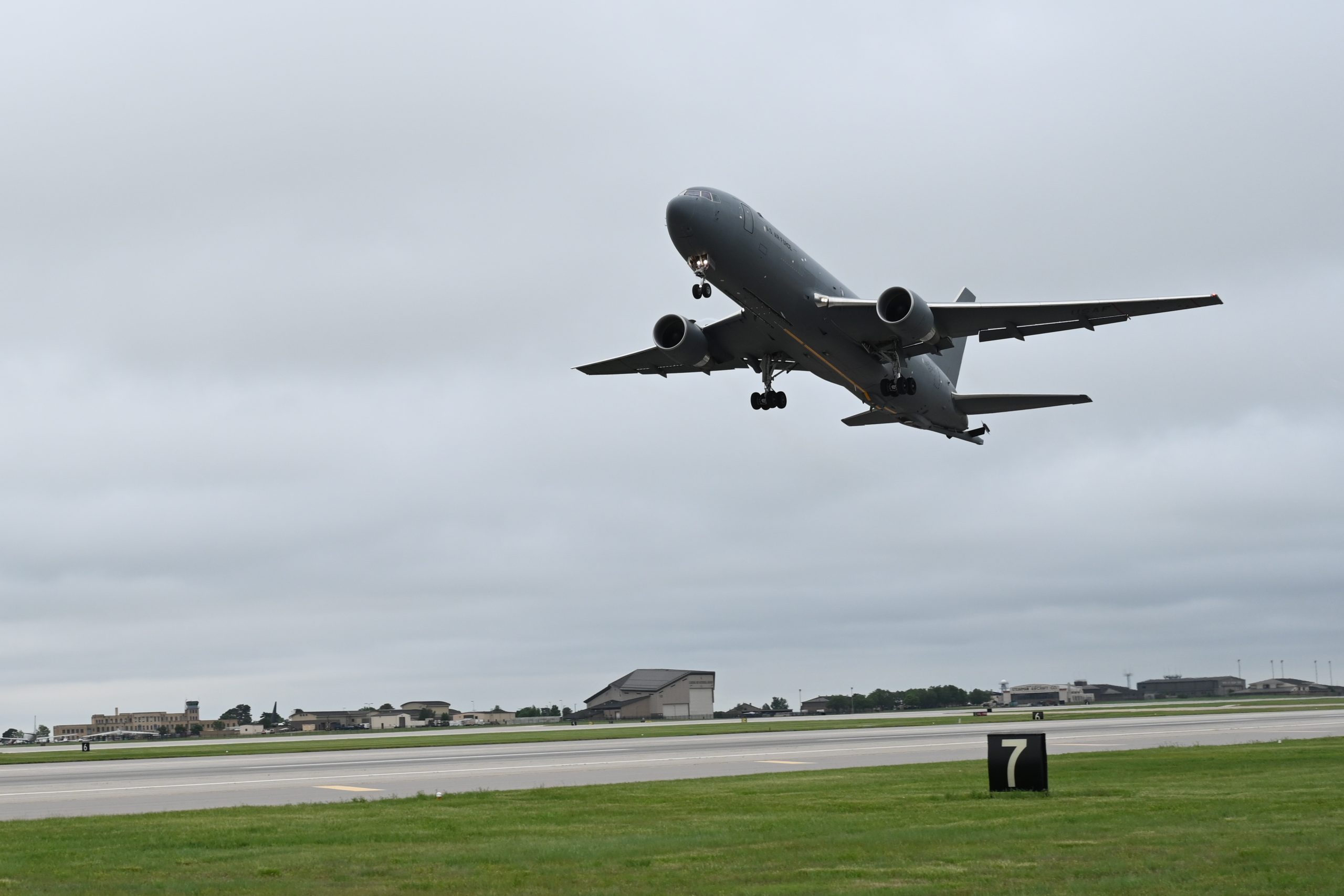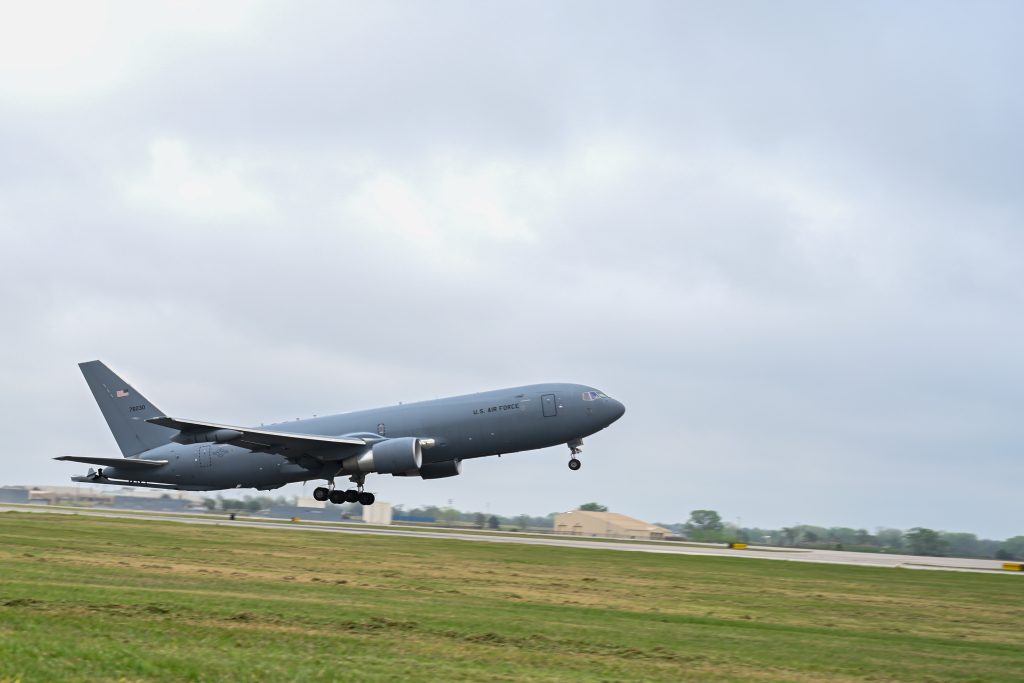A KC-135 Stratotanker’s front landing gear retracted while it was parked on the flightline of McConnell Air Force Base, Kan., on May 29, prompting the aircraft’s forward fuselage to touch the ground. Two maintainers were onboard and three other crew members were nearby the aircraft at the time of the incident, but no injuries were reported, according to a press release from the base.
An investigation into the incident opened the morning of May 30, a spokesperson for the 22nd Air Refueling Wing told Air & Space Forces Magazine. The exact cause of the mishap will not be confirmed until an official report is complete.
Col. Cory Damon, 22nd Air Refueling Wing commander, said other flying operations at the base remained unhindered.
“Our Emergency Response Airmen put their training to this real-world test, and I am extremely proud of how they conducted themselves and performed their duties,” Damon said in a statement.
Following the incident, the unofficial Facebook page Air Force amn/nco/snco shared a photo showing the front section of the tanker making contact with the ground at McConnell. Subsequent photos circulated on social media showing the mishap.
Back in March, a KC-135R from the Mississippi Air National Guard had to perform an emergency landing at Key Field in Meridian during a routine air refueling mission. The pilots and crew from the 186th Air Refueling Wing onboard safely landed the aircraft, and no injuries were reported. The incident took place when the aircraft’s boom sustained damage mid-flight, rendering it unable to retract for landing.
Another Stratotanker from the Iowa Air National Guard made a crash-landing on a Sioux City runway in October. The incident took place during a training mission when the plane’s front landing gear failed to deploy, resulting in damage to the aircraft’s nose. No Airmen on board were injured.
Every mishap is classified from Class A to E, with A being the most severe and E the least, based on the extent and monetary cost of the damages and/or injury. Wing commanders investigate mishaps classified as Class C and below, which covers anything at or below $600,000 in damages or injuries or occupational illnesses requiring one day off work.
The KC-135, built by Boeing, has been in service for more than 60 years, and the Air Force intends to retain the fleet for years more to come. The Air Force is slowly adding more KC-46 Pegasus tankers, with, but delays in delivery over recent years have slowed down the retirement process of the KC-135s. The Air Force aims to release a request for proposals for the KC-135 Recapitalization Program—formerly called the “bridge tanker”—in fiscal 2025.
